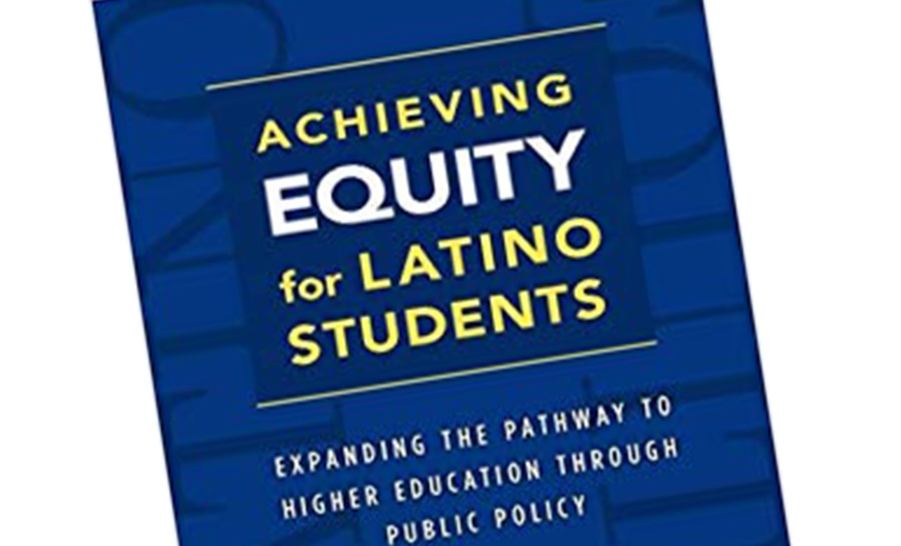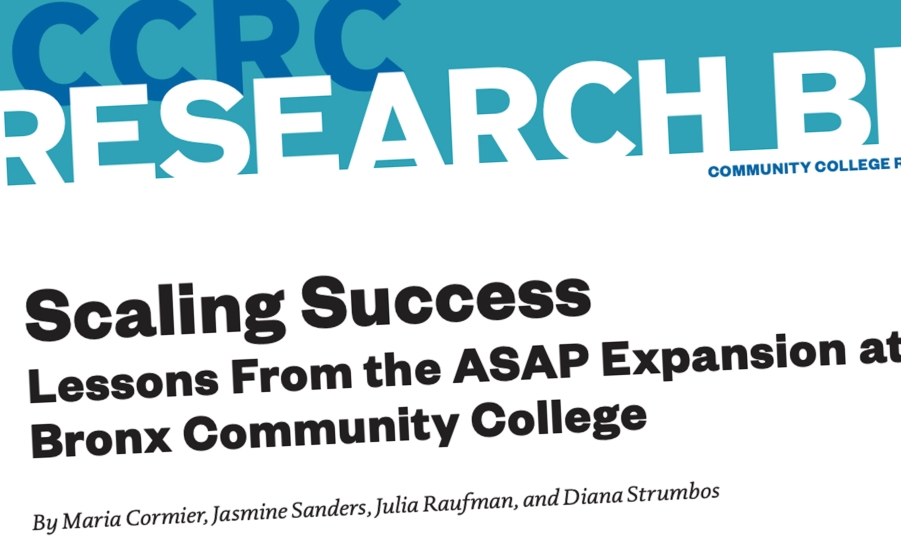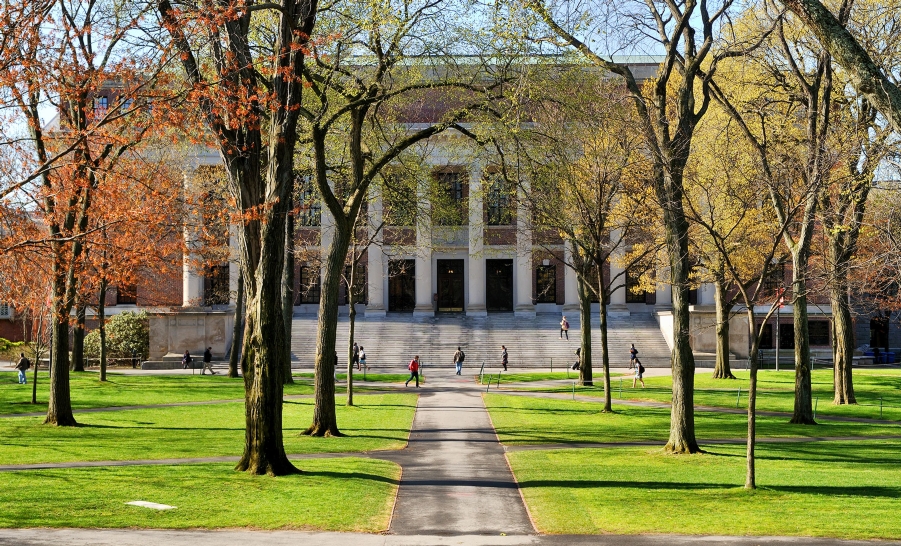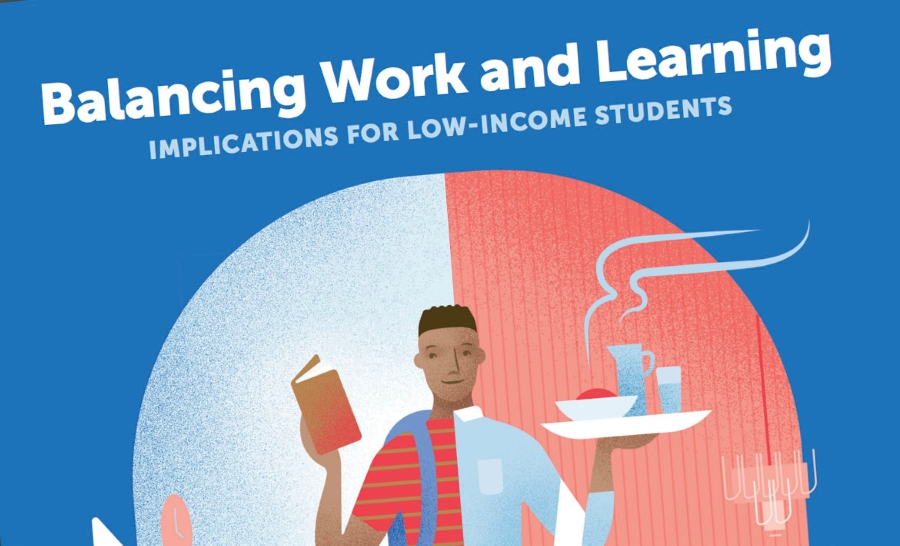Beyond Intervention: Serving First-generation College Students
Samantha Raynor, Ed.D., University of North Carolina Greensboro / FirstGen Forward / February 17, 2021
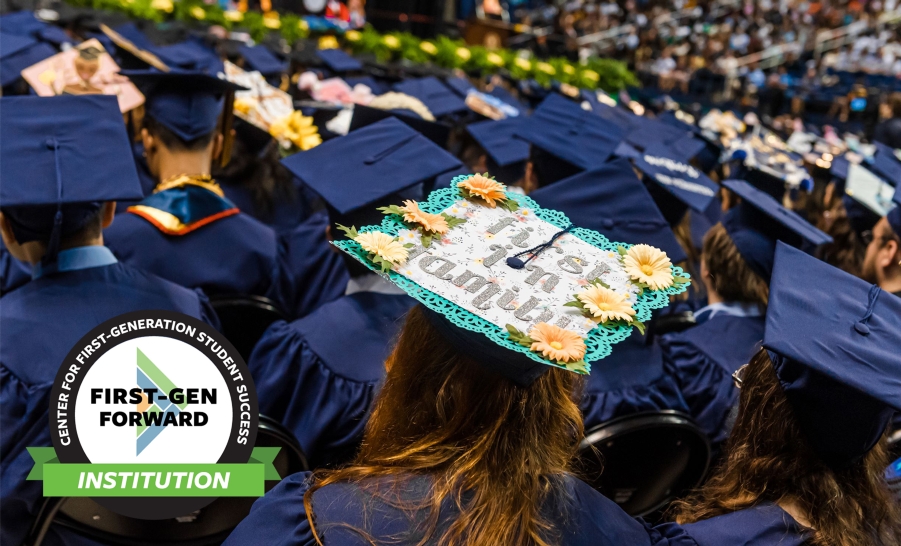
The proportion of first-generation students (students who are the first in their families to go to college) remains high at approximately one-third of overall undergraduate enrollment nationally. As our economy shifts, higher education is seen by many of these students, who also have a higher likelihood of being from low-income backgrounds, as an avenue to social mobility: the advancement to a higher income bracket, the gain of social capital, access to a career, and career progression.
Unfortunately, for 56% of first-generation college students, their educational journies will end without a degree. Part of the mission of the National Association of Student Personnel Administrators’ (NASPA’s) First-gen Forward designation is to highlight the work at institutions across the country to change this outcome.
At the University of North Carolina Greensboro (UNCG), we understand the value of access and opportunity and its inextricable link to social mobility. Recent rankings show UNC Greensboro’s focus on helping students succeed. U.S. News & World Report ranked UNC Greensboro number one in North Carolina and number 27 nationally for social mobility, a new category highlighting institutions that are successful in enrolling and graduating students who are Pell Grant recipients. That’s good news for UNCG students. Economically disadvantaged students are less likely to finish college than their peers, and a majority of Pell Grants are awarded to students with adjusted gross family incomes of less than $50,000. UNCG is one of five universities nationwide with more than 50 percent Pell-eligible students and a graduation rate greater than 50 percent. UNCG also scored high in social mobility in Washington Monthly's rankings and was recognized for affordability and high graduation rates among Pell Grant recipients.
When we work to decode higher education for all of our students, first-generation students benefit.
At UNC Greensboro, 30% of our undergraduate population identifies as a first-generation college student. These are significant numbers for a high research activity institution with 20,000 students. Although our Pell-eligible students are performing well, many of our first-generation students face formidable challenges to timely graduation. We have learned that specialized interventions targeting first-generation college students isn’t enough, so we created specialized programs to address the individual needs of students and help them get across the finish line faster.
UNCG has a broad array of such programs including the Department of Education-funded TRiO Student Support Services grant, which we have successfully renewed for 50 years; specialized first-generation sections of our college transition course, First-Year Experience 101 (often taught by first-generation faculty and staff); student organizations such as First G at the G; the Guarantee Scholars Program, a scholarship program for high achieving, low-income students, of which 34% percent self-identify as first-generation, and other targeted messaging and services. These “wrap-around” programs in and of themselves cannot produce enough of a return to improve the distance between first-generation and legacy student completion; we simply have too many students who need this kind of service and not enough capacity.
Scaling interventions has always been a challenge in higher education. Effective programming is often very resource intensive. My recommendation is to look beyond wrap-around support.
Ask yourself and your colleagues:
-
Are we/Do we aspire to be a student-centered institution?
-
Is our messaging and communication easy to understand for first-generation college students and families?
-
Are our processes easy to navigate? Where are the pain points? At what junctures do students and families become confused?
-
Is our curriculum navigable by students who are new to the discipline and to university academic policy?
-
What structures and guardrails have we built to ensure that students can successfully navigate not only the academic curriculum but the co-curriculum? Are there opportunities for undergraduate research, internships, experiential and applied learning, leadership, and off-ramps when students find themselves in a major in which they are not progressing?
'Wrap-around' programs in and of themselves cannot produce enough of a return to improve the distance between first-generation and legacy student completion.
These structural adjustments make it possible to see big gains in student retention and graduation rates because they serve students at scale. With these changes, you improve the experience for everyone with the added benefit of the targeted programming you already have in place. When we work to decode higher education for all of our students, first-generation students benefit, perhaps disproportionately so. We aren’t working to “fix” the “deficits” we assume students come to us with. Instead, we simply recognize that the world is inequitable and that we all start from different places. We take the responsibility for removing the barriers and ensuring that all students have a level playing field once they matriculate regardless of their advantages or disadvantages before arriving. Every student we admit has potential. It is our job as educators to create environments in which students can realize that potential.
Watch Kiara Hickman, Travis Barber, and Dontae Burnett share their experience of being UNCG first-generation college students.
For more information on the University of North Carolina, Greensboro’s approach, please visit their website here.
